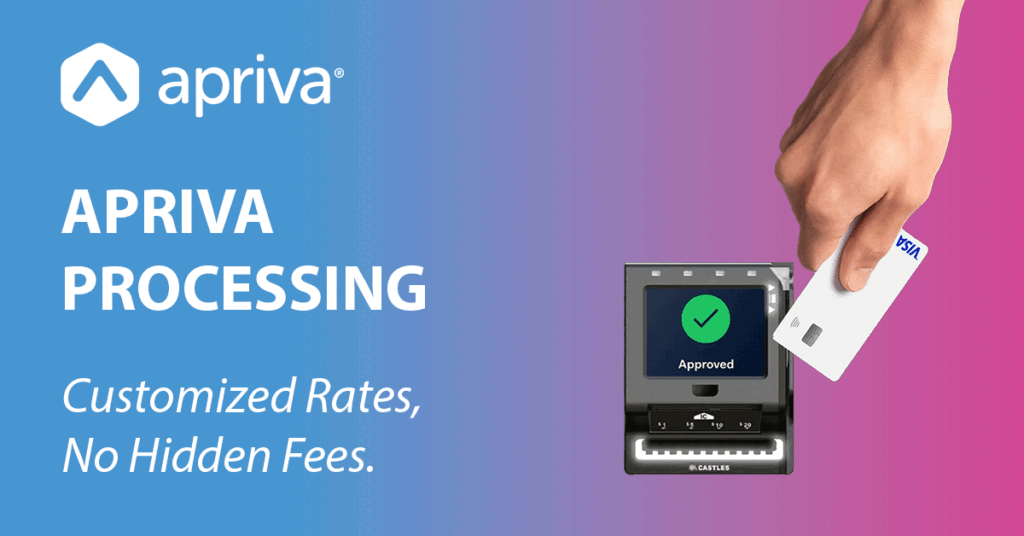Customer experience has become a buzzword in retail over the past several years. Brick-and-mortar retailers realize that the demand for a seamless customer experience drives “omnichannel touchpoints,” and so vending operators and other self-service retailers are seeing a similar evolution in their markets.
Vending operators, who have route vehicles on the road, always have responded to market demands for other route services and recognized the opportunities presented by new kinds of equipment and new business models. From bulk vending to coffee, cold drinks and prepared food, jukeboxes to office coffee break management – and now micromarkets – operators can provide the solutions that their clients want.
Controlling all these activities has been simplified by improved computerized route management software and increasingly flexible and versatile payment systems. But the increasing impact of the Internet on retailing has brought the industry to another crossroad: How can they adapt to consumer-driven needs for omnichannel interaction, while protecting sales?
Vending today spans independent and national-chain vending and foodservice operators, micromarket operators, office refreshment service operators, music and amusement operators, independent operators of automated teller machines and bulk vending operators – even mobile caterers. Their support system includes manufacturers, suppliers and distributors of equipment, products and support services. And all the players in the industry are seeing rapid changes brought by new technologies.
Other retailing models also are playing a role here. In recent years, quick-service restaurants have added kiosks and mobile order-ahead options to speed ordering. Now Amazon has launched Amazon Go, a concept that essentially converts a “brick-and-mortar” grocery store to a cashierless self-service outlet.
In many ways, vending already does what many other retailers are striving to do, in terms of meeting customer needs immediately at any hour of the day or night. This advantage, however, is offset by a marketing limitation. The vending operator traditionally has had only one customer opportunity for interaction (touchpoint): the machine itself. “Clean, filled and working” has been the operator’s ideal, and it did (and does) provide the consumer with a straightforward, satisfying experience. But it’s possible to do much more today, and other kinds of retailer are doing it.
Vendors, too, can increase sales, strengthen engagement and enhance customer loyalty by making full use of the capabilities of today’s payment systems.
Cashless payments, including contactless, online and mobile methods, have the ability to expand the customer experience. Consumers desire to interact with products on their schedule, using their preferred channels (online, mobile, in-store, self-service, etc.), and purchasing with their preferred payment options. Broadening and deepening the customer experience requires merchants to not only expand their media and technology footprint, but also to provide “omnichannel” payment options so they do not miss revenue opportunities.
While this customer experience approach is challenging for any storefront merchant, it can be even more burdensome for vending operators, especially those operating on narrow margins unable to accommodate the overhead of adding new technologies and additional customer touchpoints. Finding business partners to incrementally bridge the gap to greater touchpoints and frictionless customer experiences is key to thriving in this demanding, dynamic marketplace.
It is within this dynamic vending marketplace that Apriva stakes its claim.
ADAPTIVE PAYMENT PLATFORM
We have long been experts in self-service payments, supporting the vending industry by providing a secure path to cashless payments. Our hardware partnerships, security credentials, and adaptive payment platform have brought vending operators the ability to offer their patrons a wide range of payment options. from credit and debit cards to contactless EMV and NFC devices and including everything from Canada’s Interac Flash media to multifunction campus cards. This range of choices enhances the vending customer experience and boosts revenue for operators.
For vendors and other self-service merchants, the patron’s in-store experience may be an unattended device – vending machine, micromarket or kiosk – but the customer need for product information and payment options remains high. Fulfilling this need elevates the customer experience and can engender higher brand loyalty. Apriva helps vending operators by expanding the number of points of interaction through a dynamic payment platform that offers one-stop shopping with an emphasis on customer wants.
The customer experience across touchpoints and payments is critical to self-service merchants and vendors, as technology solely conveys their commerce experience: not an attendant, clerk or salesperson. The nature of self-service transactions forces the technology interaction to be the brand interaction and the sum of the customer experience.
As a technology company serving self-service markets, Apriva understands the nuances and needs of unattended commerce. Beyond security, beyond product quality and the specificity of the purchased goods, improving the customer experience and advancing brand loyalty is the new frontier for vending operators and other self-service merchants.
Apriva’s adaptive platform-as-a-service is designed to provide merchants of any size the technology and business acumen necessary to maximize revenue and minimize costs while always being clearly focused on the customer experience.
CAMPUS CARD PAYMENTS
A unique example of this new frontier can be found on campuses. Institutions of higher education, corporate campuses, medical complexes, military bases and other environments that combine physical workplaces with a sense of community and culture often present branded commerce opportunities. Most such campuses issue cards for identification and access; these often are integrated into branded, closed-loop payment systems. At U.S. colleges and universities, for example, students can pair their school ID cards with closed-loop payment systems – leveraging a commerce ecosystem, perhaps funded by parents or financial aid, to purchase meals, books, educational supplies, etc.
These closed-loop payment systems provide a new market for vending. Operators have been eager to add campus card acceptance to their offerings, allowing students, staff, and faculty to purchase vended products using those closed-loop cards. When campus cards can be used for vending and self-service purchases, students gain new options for shopping and refreshments, while vendors gain the added revenues generated from campus card sales.
Apriva supports campus card payments through our partnerships with providers such as Atrium, Blackboard, CBORD, ITC Systems, and TouchNet. These partnerships allow vending operators using the Apriva payment platform to accept payments processed through those respective systems. We are also partnering with AAFES to support purchases on U.S. Army and Air Force installations – everything from convenience stores, retail stores, theaters, quick-serve restaurants and concessions on base to the base’s post exchanges. The ability to connect to the Apriva platform once and gain access to these diverse payment options is exactly the strategic partnership vending operators need to improve their customer experiences while controlling their overhead and operational costs.
SOFTWARE-BASED PIN ENTRY
Another new technology frontier for vending may be the evolution of “PIN-on glass” payments. Recently, the Payment Card Industry (PCI) issued a new standard focused on software-based personal identification numbers on commercial off-the shelf (COTS) devices, such as consumer-grade mobile phones or tablets in a “merchant-attended environment.” Different from the previous PCI Security Standards that already apply to PIN-on-glass technology – such as the PIN Transaction Security Point-of-Interaction (PTS POI) standard for hardware – the new standard defines a software approach for protecting PIN entry on popular consumer devices.
The PCI Software-Based PIN Entry on COTS (SPoC) standard, issued in January 2018, defines requirements for developing secure solutions that specifically enable EMV (contact and contactless) transactions with PIN entry on the COTS device, using a secure PIN entry application in combination with a secure card reader for EMV. Key security principles included in the standard’s security and test requirements are:
• Active monitoring of the service, to mitigate potential threats to the payment environment within the phone or tablet;
• Isolation of the PIN from other account data;
• Ensuring the software security and integrity of the PIN entry application on the COTS device; and
For vending operators and self-service retailers, this attended payments standard may become the path for PIN-on-glass kiosk systems taking payments similarly to a COTS tablet. As SCRP devices come to market, PIN-on-glass surely will factor into security requirements for self-service merchants, including vendors.
CONCLUSION
In vending and unattended retail, technology is the only means of conveying the customer experience. With no clerks, cashiers, or salespeople at the point of sale, customers interact solely with technology. That technology interaction determines the quality of the experience they will have.
In today’s economy, consumers expect seamless touchpoints with brands and diverse payment options. This drives merchants to offer omnichannel experiences, to differentiate their offerings and improve customer experiences. Omnichannel touchpoints require dynamic payment features to maximize growth, and finding a technology partner who can deliver omnichannel payments aligned to those touchpoints – especially for vending operators and self-service retailers – is critical for merchants to survive and thrive in their evolving markets.
By Scott Dowty, Chief Revenue Officer
Original article published on VendingTimes.com.






